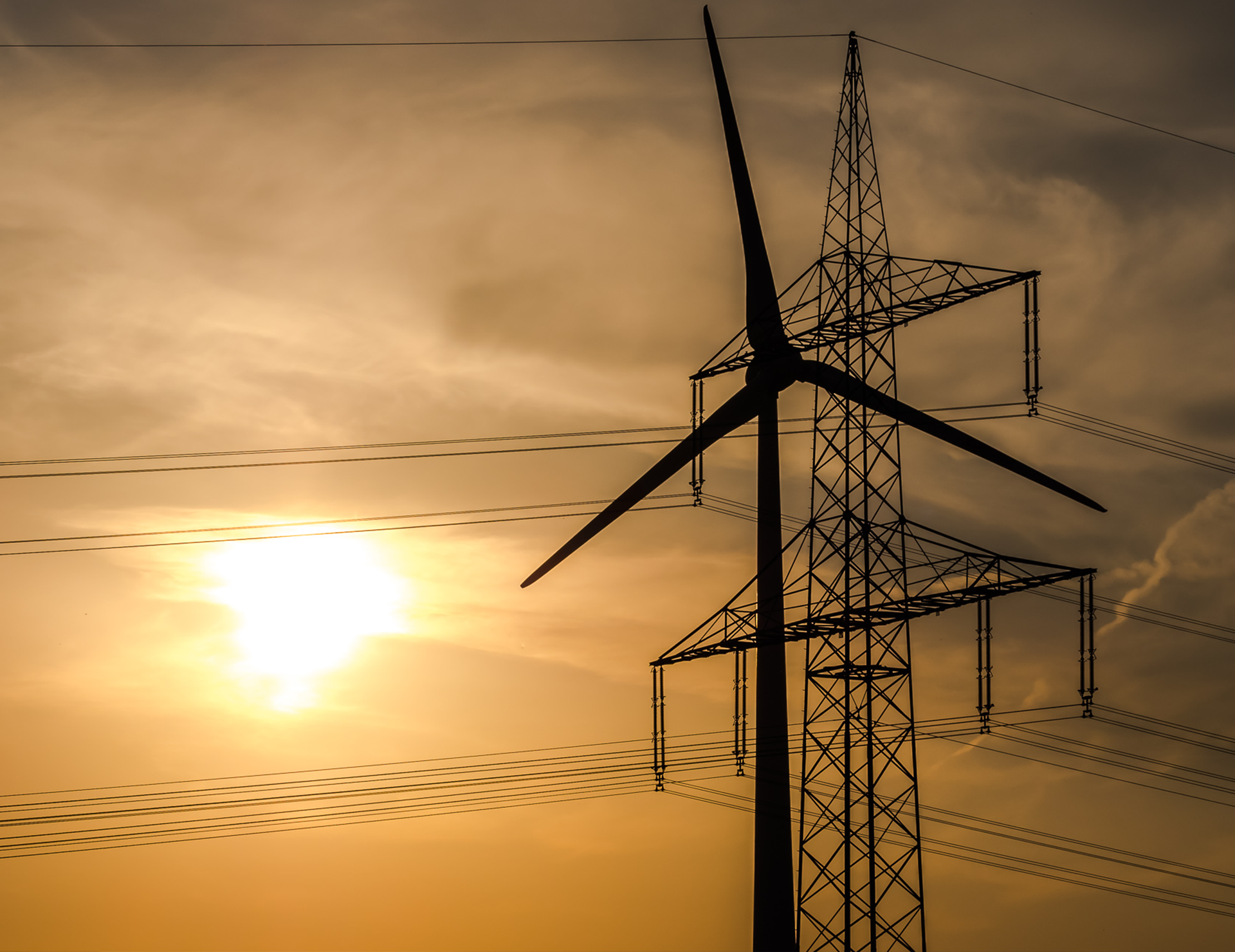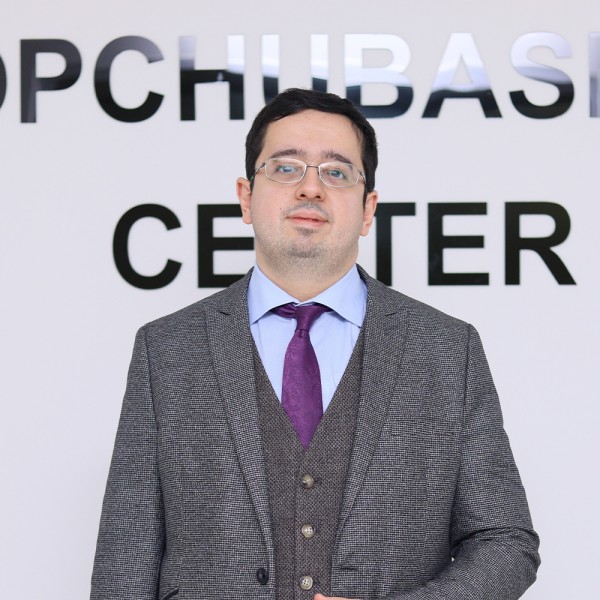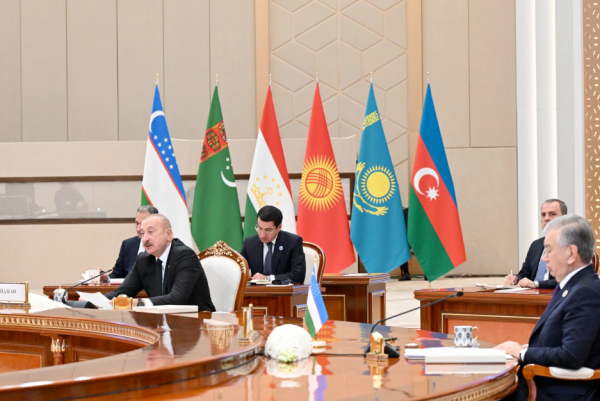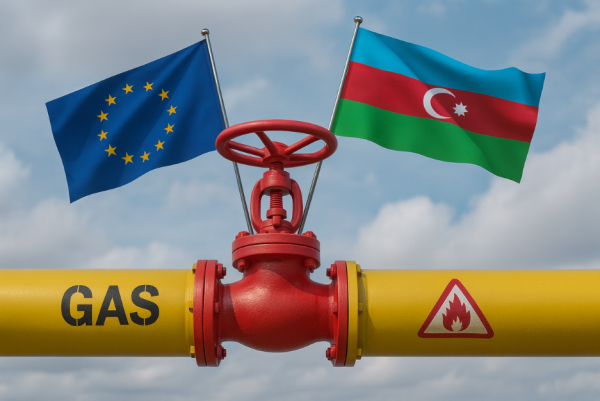EU energy market amid the global crisis: interview with Francesco Sassi

Francesco Sassi is a researcher in energy geopolitics and markets at RIE (Ricerche Industriali ed Energetiche) with a PhD in Political Science/Geopolitics from the University of Pisa. His research covers energy security and transition policies and strategies of the main global actors, including an in-depth analysis of energy diplomacy and how energy interdependencies become a source of power in bilateral relations. Murad Muradov spoke to him about the implications of the Ukrainian war for the European energy market, current outlook for the natural gas market and the prospects of nuclear energy and green hydrogen sectors.
Murad Muradov (MM): What are the major trends in the EU energy market right now? How has the strategy shifted since the start of the Russian invasion of Ukraine?
Francesco Sassi (FS): Recently, Europe has been reducing the consumption of major hydrocarbons: oil, natural gas and coal. And at the same time, Europe as a whole- of course some member states more than others- has been raising investment into and consumption of renewables.
Let’s mentally move two years back in time, when the Russian invasion had just started and many of us here believed the EU was on the brink of energy collapse. When Moscow started to lower gas exports and eventually stopped gas transit via the Yamal-Europe pipeline through Poland, the prospect of a critical shortage emerging in Europe looked imminent. Then in 2022 we witnessed the explosion of the North Stream pipeline, which added to the overall grim outlook. So, the EU had to take an urgent action and to its credit, it didn’t fail to do so, signing a number of new strategic energy partnerships. The one with Azerbaijan, concluded in July 2022, was among the first ones, but then also Brussels made new deals with suppliers as diverse as Egypt and Israel, Norway and the USA. Some member states enhanced their partnerships with Middle Eastern producers- the UAE, Saudi Arabia, Oman etc., who were very happy to be helpful to Europe increasing their exports and at the same time gaining additional market leverage.
However, European energy market has also modified in a way due to the economic stagnation experienced by nearly all European economies. As growth rate remains anemic, energy demand is suppressed, so the willingness to invest into very expensive, large energy infrastructure projects are not as deep as before. At the same time, we have been lucky enough to have three warm winters in Europe in a row, which reduced natural gas consumption but also further lowered investment appetite.
The EU has also succeeded in diversifying oil consumption. It has raised oil imports from the Middle East, but even in a more significant way from Norway, the US and some other countries such as Canada or Brazil, all of them with direct access to the Atlantic Basin which puts them close to the European market. That’s why right now making major investments into energy infrastructure into the Caspian basin is not on the European agenda. While politically Brussels would be happy to use energy cooperation to tie up its relationship with the regional countries like Azerbaijan, on one hand, and the Central Asian nations- Turkmenistan, Kazakhstan and Uzbekistan, on the other, such investments normally take politics and markets together, and right now, the energy markets are not on the same page with politics. So currently, the prospects for the EU supporting expensive and rather risky projects are not strong.
MM: By the end of 2024, the transit contract for gas export from Russia to Europe through Ukraine is expiring and Kyiv is not planning to extend it anymore. How big an impact this development may have on Europe? Does Brussels have a strategy for replacing this potential import loss?
FS: For now, we can’t be sure about the significance of the amounts of gas currently imported to Europe via Ukraine by the time the deal expires. Currently, due to the factors we have already discussed, Europe has a plenty of gas reserves in its storage facilities, and we don’t know what the weather will be like in the next autumn and winter. I think that we will equal or even surpass the amount of natural gas that we had got over the past year, but still we do not know how much natural gas will be needed by European consumers and European industries which after a period of decline are picking up their consumption. And what has really changed with the diversification of EU imports away from Russia and towards liquefied natural gas (LNG) is that the acceleration of the globalization of natural gas market has been imminent and right now, natural gas trade has evolved from a regional into a global issue, so events happening in places as distant as Australia, Peru or Japan are directly impacting what is happening with the EU prices and over the EU markets. We are talking about 27 different countries, many of them with different patterns of supply, consumption and economic structures, while there is also the UK, which, though not a member states any more, is both a crucial European producer and consumer.
So by the time of the expiration of the agreement between Russia and Ukraine, European prices may still be lower than the average of the last three-four years, but we don't know what the weather will be like next winter and how the EU will fix the imbalances coming from the reduced gas supplies through Ukraine. But there is another delicate issue- Ukraine’s unwillingness to enter into a new contract with Gazprom still doesn’t translate automatically into its automatic rejection of Russian gas flowing through its territory. There are some signs and signals coming from both Europe and Russia about the possibility that European companies could trade Russian gas through the Ukrainian pipeline network without relying on a transit agreement and this is potentially a very important issue to be solved between the EU and Ukrainian authorities. We don't need to take for granted that the EU companies will share a common stand on the problem of importing Russian gas with the EU governments. Of course, they will have to find a solution with Ukrainian authorities, and the latter’s perspective may change with Russia advancing, albeit slowly, on the ground and Ukraine getting more and more critical of the amounts and scope of Western military support. For now, it appears that the EU authorities, unlike the energy companies, are not so much interested in solving this issue before the expiration of the gas transit deal. This can create problems because at that point divisions between the interests of the EU institutions, the new EU Commission and each member state on gas transit through Ukraine, may resurface. This conundrum may be further complicated by the interplay between the interest of Ukraine in stopping Russian gas transit through its pipeline network but and Moscow’s attempts to use it for creating a wedge between European countries.
MM: Let’s talk about two particular issues. The first of them is the European nuclear vision, as very recently, in late March, The Nuclear Energy Summit was held in Brussels. How do you estimate its outcomes and what is the general European prospect on nuclear energy? And very specifically, if you have heard about this, of course, do you know whether Brussels has plans for assisting Armenia in the development of this sector, as it has been claimed by some experts in the context of the recent EU-Armenia summit?
FS: Regarding the last issue, I'm not aware of any major announcement and I wouldn’t consider nuclear industry an appropriate sphere for European investment in Armenia right now, especially given that the existing Metsamor nuclear plant in Armenia is based on Russian technologies. In the nuclear field, we could possibly see some assistance with the maintenance of the existing facilities, or some expert exchanges whereby Armenian nuclear industry experts may be granted scholarships to study and work in Europe. In general, if the EU is interested in providing assistance to Yerevan with energy transition, it may focus on other kinds of renewables. The possibility of Armenia producing its own energy also means lowering its dependency on Russia, economically and technologically. However, Yerevan’s remaining tensions with Baku are definitely a major risk factor discouraging large infrastructural investments into Armenia. But in general you are right that the ongoing crisis has significantly drummed up European interest in the strategic development of nuclear industry.
Countries like Poland, Czech Republic, Bulgaria, Romania etc. are making up ambitious plans of expanding their nuclear sectors. Hungary can also be added to this list, but with an important specification: it is cooperating with Russian Atomic Energy Agency (Rosatom), which in the current political context is of course highly controversial. Of course, Victor Orban’s political standing makes Hungary an outlier in the current European politics. But in general, out of all European countries only France has a full cycle of nuclear energy production, while the rest have more or less to rely on foreign technologies to built reactors, which inevitably makes this sector dependent on the political environment. Some important European countries, primarily Germany and Spain, are actually abandoning or planning to abandon nuclear energy, despite the fact that many political forces within these countries, particularly on the right, speak out against this. Still a reversal may happen after the European Parliament elections this June, when, according to the forecasts, it may shift to the right and the European Commission can get more members sympathetic to promoting nuclear as a way to boost the continental self-sufficiency.
MM: Let's also talk a bit about so-called green hydrogen, since Azerbaijan is now also planning to launch its production. How attractive is it both economically and politically, for the EU, and what is its place within this European green transition strategy?
FS: Definitely, green hydrogen was one of the alternative energy sources that came out of the initial phase of the energy crisis after Russia had invaded Ukraine. But actually, markets are still rather skeptical about its feasibility, so green hydrogen demand in Europe is not ramping up as fast as it was foreseen by the EU authorities, slowing down many financial investments into this sector planned by European companies. At the same time, some countries, like Germany or Spain, have a very advanced green hydrogen strategy. These are, by the way, the two countries which are abandoning nuclear power. Germany has already done so, and Spain will within the next decade. But still I am seeing these two countries much more interested in producing green hydrogen within their territory rather than having to deal with international supply chains that are too expensive and unreliable. To enable importing hydrogen through pipelines, natural gas flowing in them has to be retrofitted. In the current context of the EU energy market, it's very hard to believe that the green hydrogen strategy targets for 2030 it terms of output volume and import. This is still a very costly energy source, and is very uncompetitive compared to natural gas right now. And with natural gas prices relatively low, compared to a couple of years ago, green hydrogen is certainly not the first solution to resolve the energy crisis within Europe on the agenda of the day.
MM: So do you believe that as a potential energy source, green hydrogen falls behind solar or wind energy?
FS: I would say that it's a very different energy source, compared to the solar and wind; it is actually an energy carrier rather than a source. Its production takes obtaining solar and wind energy initially, a lot of batteries and huge electrolysis capacities. We don’t have so much solar capacity within Europe, and even though the wind industry is relatively more developed, the industry as a whole is experiencing structural problems. The dynamic growth of the renewables market will require prioritizing some of them compared to others, and green hydrogen is right now the last one to be chosen out of the alternatives, including wind, solar, and other competitors.







